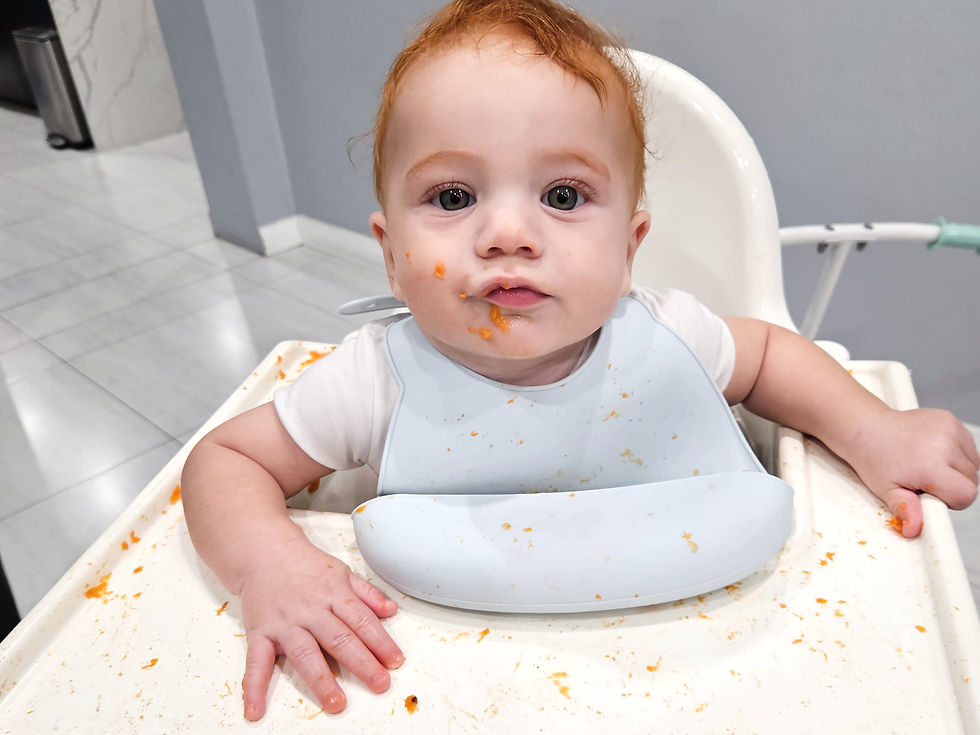The Role of Educational Toys for Children
- info653653
- 3 days ago
- 3 min read
Watching little ones explore the world is one of the most rewarding experiences. Their curiosity sparks every day, and as they grow, they need tools that help them learn and develop. That’s where child learning toys come in. These toys are more than just fun - they are essential for growth, development, and building skills that last a lifetime.
Why Educational Toys Matter
Educational toys are designed to engage young minds and bodies. They encourage exploration, problem-solving, and creativity. When children play with the right toys, they develop fine motor skills, hand-eye coordination, and even early language skills.
For example, stacking toys help toddlers understand shapes and sizes while improving their dexterity. Puzzles teach patience and problem-solving. Soft books introduce new words and sounds. These toys make learning feel like play, which is exactly how it should be.
Choosing toys that are safe and suitable for your child’s age is key. Toys that are too advanced can frustrate, while those too simple might not hold their interest. Look for toys that grow with your child or offer multiple ways to play.
How Educational Toys Support Different Areas of Development
Educational toys touch on many areas of growth. Here’s a quick look at some key benefits:
Cognitive Development: Toys like shape sorters and matching games help children recognise patterns and develop memory.
Physical Development: Toys that encourage movement, like push toys or balls, build gross motor skills.
Social Skills: Playing with others using toys like dolls or play kitchens teaches sharing and cooperation.
Language Skills: Interactive toys with sounds or books promote vocabulary and communication.
Emotional Growth: Role-playing toys help children express feelings and understand empathy.
Each toy can support multiple skills at once. For instance, a simple stacking toy can boost problem-solving, hand-eye coordination, and patience all in one go.
Choosing the Right Toys for Your Child
Picking the perfect toy can feel overwhelming. There are so many options! Here are some tips to help you choose wisely:
Age Appropriateness: Always check the recommended age on the packaging. This ensures the toy is safe and developmentally suitable.
Material Safety: Opt for non-toxic, BPA-free, and durable materials. Silicone toys are a great choice because they are safe, easy to clean, and long-lasting.
Open-Ended Play: Toys that can be used in many ways encourage creativity. Think building blocks, stacking toys, or simple dolls.
Educational Value: Look for toys that teach something new, whether it’s colours, numbers, or cause and effect.
Sustainability: Choose toys that are eco-friendly and made to last. This supports a healthier planet and reduces waste.
Remember, the best toys are those that invite your child to explore and learn at their own pace.
How I Use Educational Toys to Boost Learning
I’ve found that integrating educational toys into daily routines makes a big difference. For example, during mealtime, I use silicone plates and utensils that double as toys. They keep my little one engaged and encourage self-feeding skills.
Playtime is another perfect moment. I set up a small area with a mix of toys that focus on different skills. One day it might be a shape sorter, the next day a set of soft blocks. This variety keeps things fresh and exciting.
I also like to join in the fun. Playing together not only strengthens our bond but also models how to use the toys and encourages language development. Asking questions like “What colour is this?” or “Can you stack these?” turns play into a learning opportunity.
Tips for Making Playtime More Effective
To get the most out of educational toys, try these simple strategies:
Rotate Toys: Keep a few toys out and store the rest. Rotate them weekly to maintain interest.
Create a Play Zone: Designate a safe, comfortable space for play. This helps your child focus and feel secure.
Follow Their Lead: Let your child choose what to play with. This builds independence and confidence.
Encourage Exploration: Don’t worry if they use toys in unexpected ways. This creativity is part of learning.
Limit Screen Time: Balance digital play with hands-on toys to support sensory and motor skills.
By making playtime intentional and joyful, you help your child develop a love for learning that lasts.
Growing Together
Watching your child grow is a journey filled with wonder. Learning toys are wonderful companions on this path. They support development, spark imagination, and make learning fun. Choosing safe, practical, and sustainable toys, like those from MY PURE, means you’re investing in your child’s future and the planet.
Every moment of play is a chance to discover something new. So, let’s embrace these tools and enjoy the magic of childhood learning together.
Happy playing!





Comments